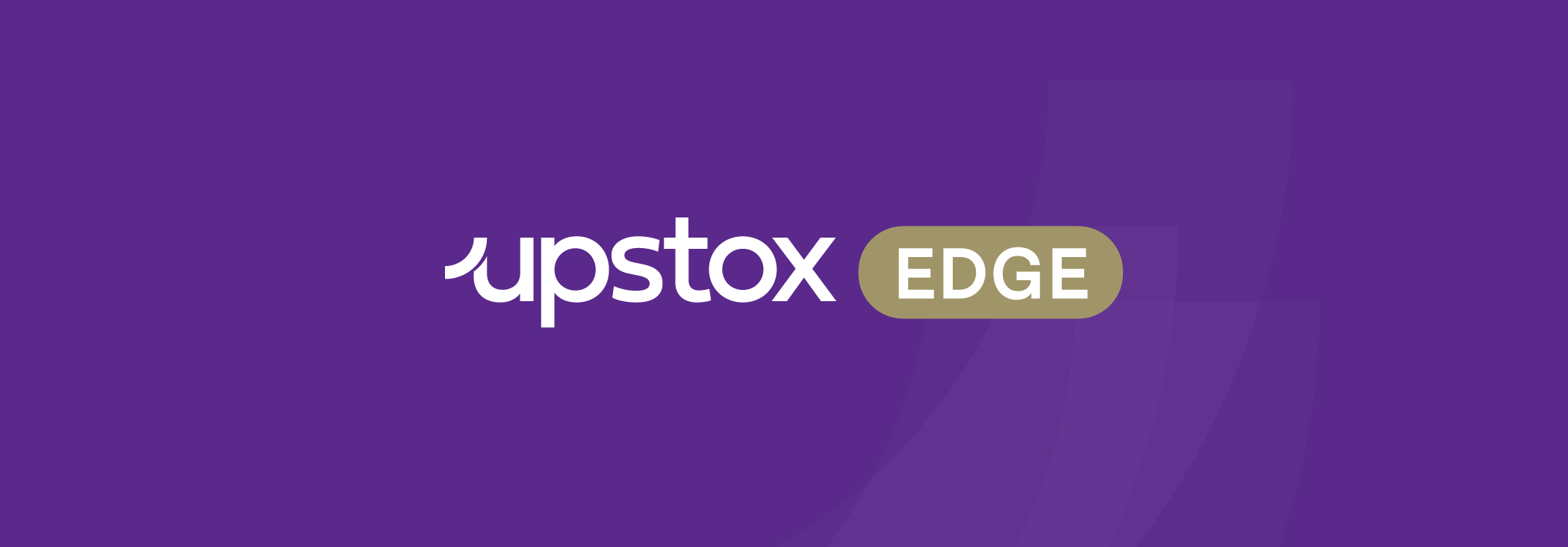A Bull call spread strategy is an options strategy that traders implement when they are “moderately” bullish on a stock or an index. In this strategy, traders buy ATM (At-the-money) call option and sell OTM (Out-of-the-money) call option to reduce their cost.
Let’s see how this strategy works.
Background
The Consumption Index has risen more than 6% in October but has corrected itself with the recent fall in the markets.
Havells India is a leading player in the electrical space with a strong presence in cables, wires, fans, lighting and switchgear segments.
Some of the key factors which worked in favour of the company were an uptick in real estate demand and the ongoing festive season.
Derivatives Build-up:
After a sharp run up to almost ₹1504 levels, the stock corrected to ₹1,210 levels in the recent market fall. It has now bounced back and is trading at ₹1,280 levels.
The 1,340 strike price call option has a significant base suggesting that the stock can face resistance at this price.
This is about 4.6% higher than the current price of ₹1,280.
The lot size in the F&O contract is 500 shares per lot.
Action
Traders willing to take a moderately bullish position on it tend to initiate a Bull call spread strategy that involves buying an ATM (At-the-money) call option of 1,280 strike price at ₹28 and selling OTM (out-of-the-money) call options of 1,340 strike price at ₹8.
Now, closer to expiry, if the stock moves higher to say ₹1,340 levels, the trader will make a profit of ₹20,000 (Profit on Long Call: (32*500 = 16,000) + Profit on Short Call Options: (8*500 = 4,000)).
However, at the price of ₹1,340, the profit is capped at ₹20,000 because above this rate every one rupee increase in premium of the long call position will be offset by a one rupee increase in premium of the short call option position.
The break-even point of this strategy is calculated by adding the ATM strike price and the net premium paid (28 – 8 = 20) , which in this case is ₹1,300 (1,280 + 20). If the stock closes at ₹1,300 on expiry, the trader will have neither incurred a profit nor a loss.
In case the stock goes down, say below ₹1,280 levels, the trader’s loss is limited to a net premium paid of ₹10,000 (20*500).
This strategy has a favourable profit to loss payoff of 2:1 which tends to work in the favour of the trader.
We hope this strategy was simple and easy to understand. You can try spotting it on the option chain and see if you are able to identify levels.
We’ll be coming with a lot of strategies which will help you to identify trade setups easily.
Until then, happy trading!
About the author: Kush Bohra is a SEBI-registered investment advisor and an F&O expert.
If you haven’t already, activate the F&O segment on your Upstox account! Click here to begin F&O trading.
Here is a detailed guide on how to activate your commodities/futures/options segments on Upstox. Click here to know more.
Disclaimer:
Derivatives trading must be done only by traders who fully understand the risks associated with them and strictly apply risk mechanisms like stop-losses.
We do not recommend any particular stock. The stock names mentioned in this article are purely for showing how to do analysis. Take your own decision before investing.


